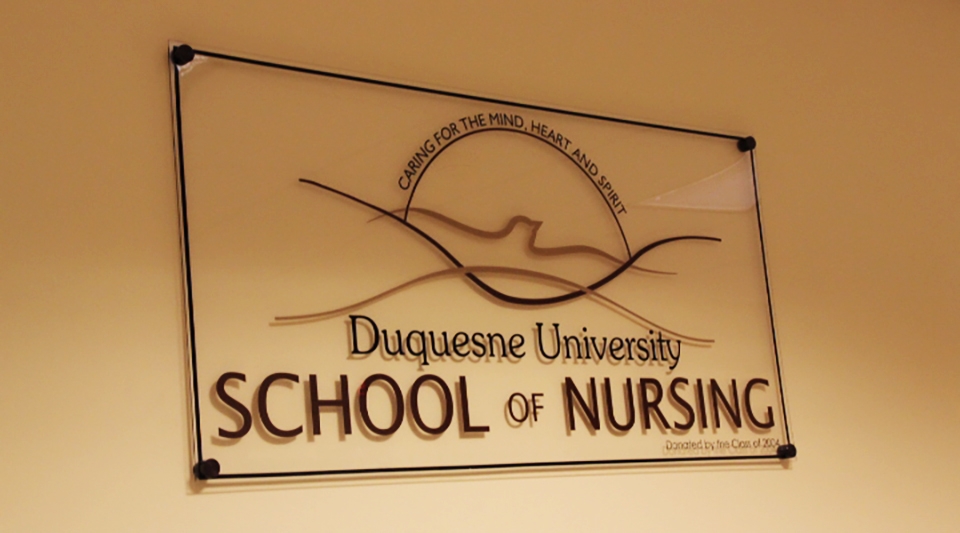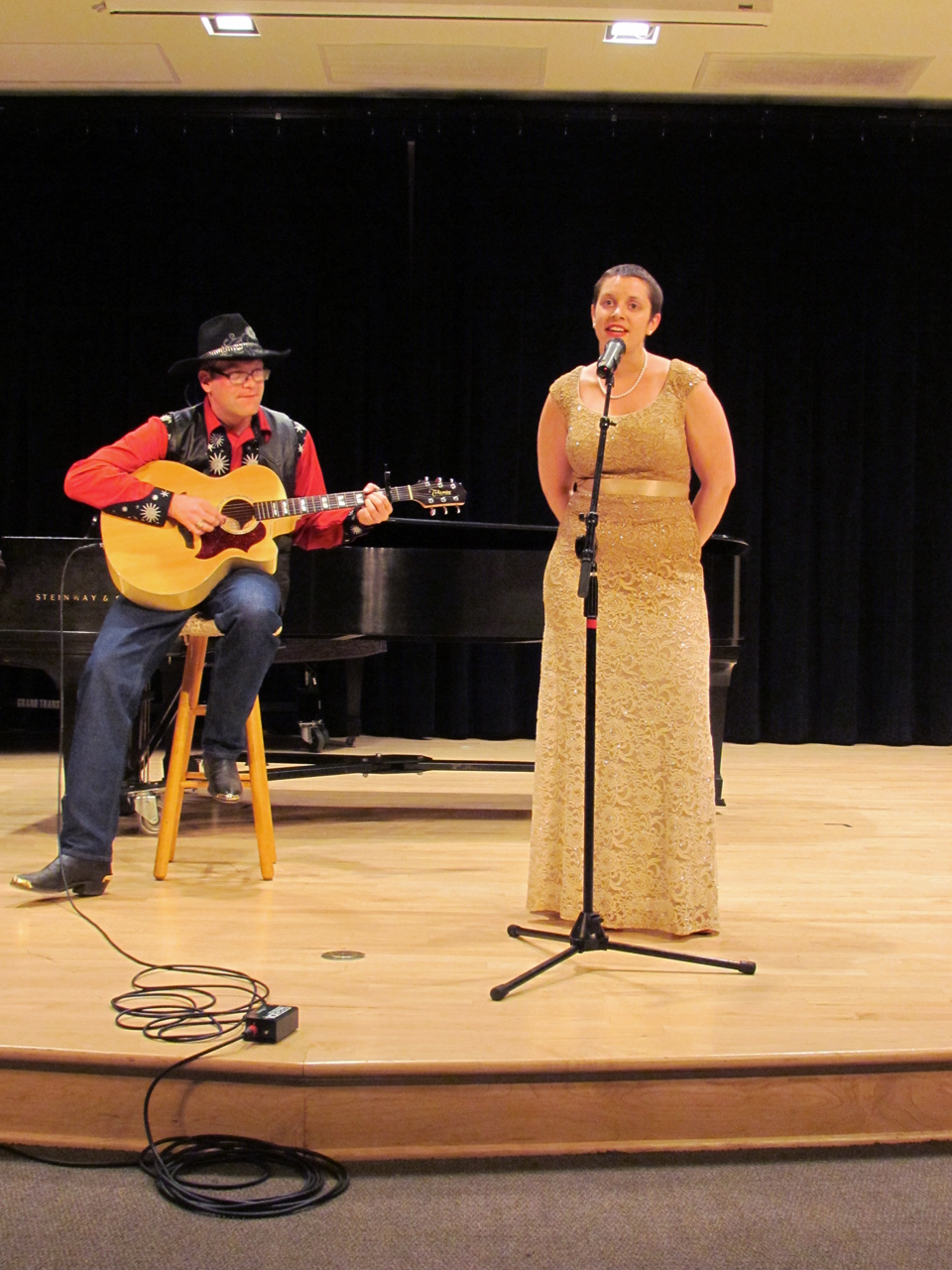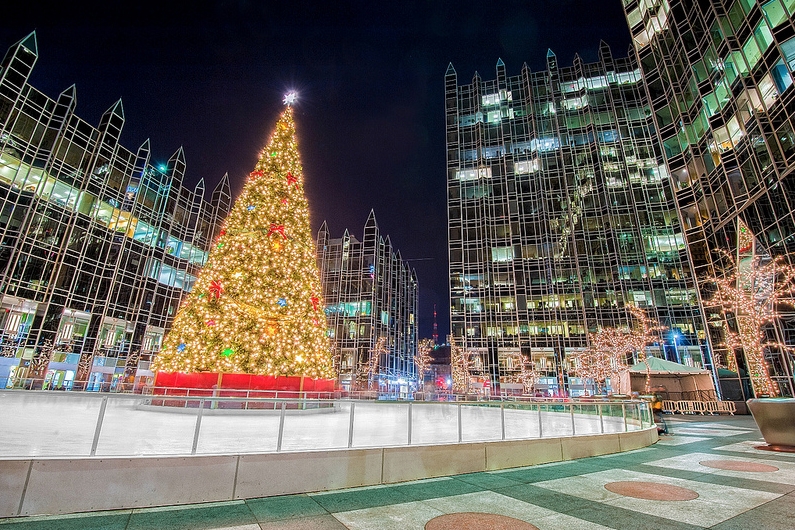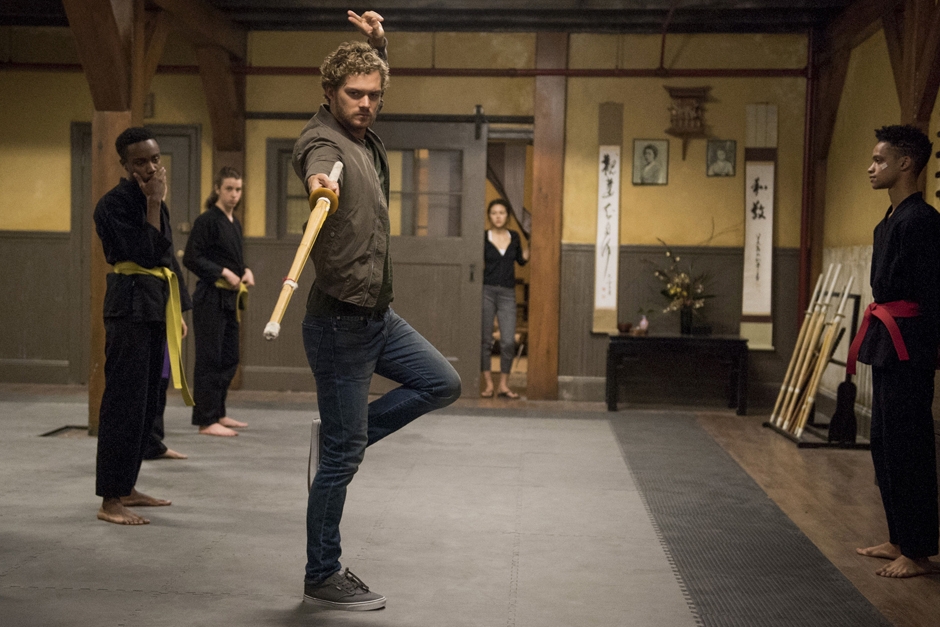
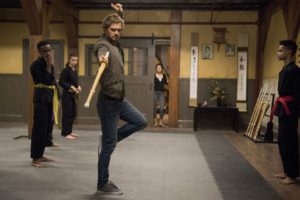
The original character of Iron Fist appeared in 1974. He was most prominently featured in the 125-issue comic book series “Power Man and Iron Fist.”
By Sean Ray | A&E Editor
The final series before the much hyped grand crossover, “The Defenders,” “Iron Fist” brings some much needed levity to the Marvel Cinematic Universe’s TV spectrum. While not exploring as deep of themes as its predecessors, “Iron Fist” does better encapsulate the feel of the comic book superhero than its contemporaries.
The show follows Danny Rand (Finn Jones), a rich business heir who was lost as a child in a plane crash over Tibet that took the lives of his parents. Raised by monks in the mystic city of K’un-lun, Danny takes on the role of the Iron Fist, allowing him to focus his chi into his hands, making them as hard as iron. After 15 years training, Danny decides to return to the United States to claim the company his father created, only to find an ancient enemy infesting his birthright.
“Iron Fist” very much represents a break from the other Marvel shows on Netflix. While “Daredevil” dealt with corruption and the morality of killing in a very serious and indepth way, IF only briefly touches upon it. “Luke Cage” examined modern race relations through the lense of superheroics, the most “Iron Fist” does is, thankfully, acknowledged that there is a difference between Chinese and Japanese cultures. And the psychology of rape-survivors that was so prevalent in “Jessica Jones” is nowhere near the adventures of Danny Rand.
Instead, “Iron Fist” goes for a much lighter tone. Rather than gangsters and serious criminals, Danny fights ninjas and supernatural threats. Most people he encounters are fundamentally good, and his uplifting view of the world is supported.
One of the best aspects of “Iron Fist” is its supporting cast. There were very few characters I found boring, and each storyline was interesting in a different way. Collen Wing (Jessica Henwick) plays a great secondary hero to Danny, competent and kick-butt in her own way. Danny’s childhood friends, Ward and Joy Meachum (Tom Pelphery and Jessica Stroup) struggle to deal with the aftereffects of his return to the company they are both now a part of, providing a corporate story along with the punching.
Most appreciated is Madame Gao’s (Wai Ching Ho) elevation to main villain role, after being in the background of “Daredevil.” She brings a very different kind of menace, seemingly always in control and with a combination of organizational strength and superpowers that makes her much more threatening than her contemporary villains.
However, the show is not without fault. For a character whose whole gimmick is martial arts, the fight scenes are fairly boring, with few stand-outs. The lack of a costume means Jones is doing many of the stunts himself, resulting in slow battles without the brutal attacks from “Daredevil.” The titular Iron Fist is rarely used to much effect, despite it being the character’s namesake.
Also, while the lack of social examination does maintain the light tone, it does mean that “Iron Fist” never quite reaches the same qualitative highs of the other Marvel shows. Episodes have less emotional impact and truly touching scenes.
On the other hand, “Iron Fist” does not fall into the drop-off “Luke Cage,” “Jessica Jones” and “Daredevil” season 2 experienced in their later halves, maintaining a consistently okay-to-good flow. The plotlines stayed interesting and move along with little filler to weigh things down, and there is no mid-season change-up to make the quality take a turn for the worst.
“Iron Fist” may only be just okay, but it is consistently okay, and certainly worth a watch for those hoping for, God forbid, more superheroics in their superhero show. It is certainly not as bad as many of the other critics are making it out to be, and it has made me very excited to see Danny interact with the other Marvel heroes. Its strength lies in its characters, which thankfully means the plot and action can always improve.


